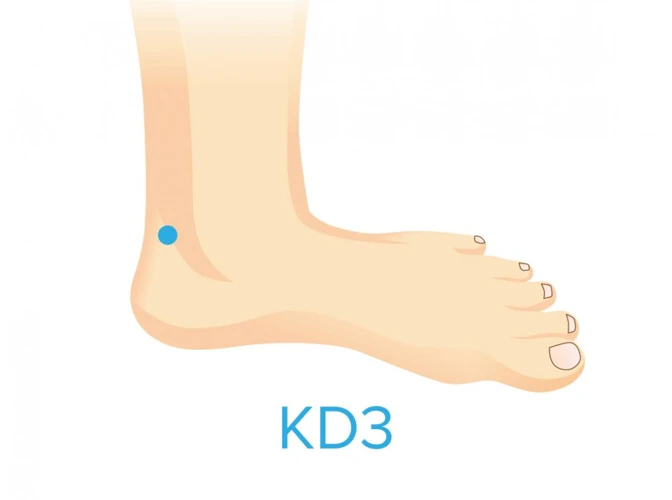If you struggle to get a good night’s sleep, you may want to consider trying massage as a way to help you fall asleep fast. Massage can be a great way to relax your body and mind, helping you to drift off into a peaceful sleep. In this article, we’ll provide some tips and techniques on how to fall asleep fast with massage, so you can get a restful night of sleep.
Contents
What Is Massage and How Does it Help with Insomnia?
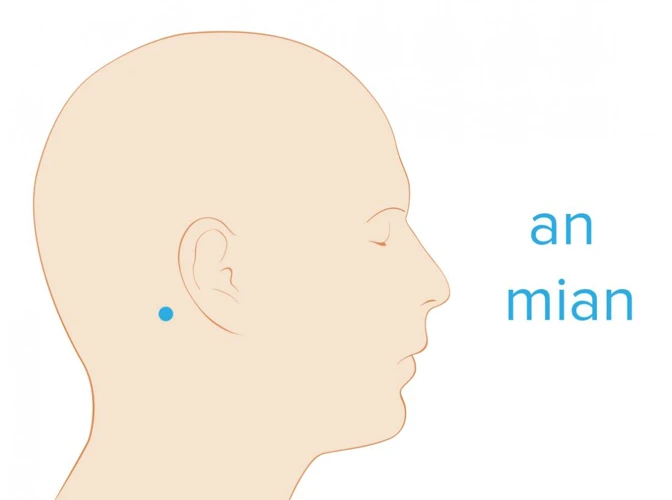
Massage is a form of manual therapy that involves manipulating the soft tissues of the body. It can involve kneading, pressing, stretching, tapping, rubbing and vibrating the muscles and other soft tissues. Massage has been used for centuries to help reduce stress and promote relaxation. It can help improve sleep quality, reduce insomnia symptoms, and increase overall energy levels.
Research has shown that massage can help improve sleep quality and reduce insomnia by decreasing stress hormones such as cortisol, which can disrupt sleep. Massage also helps to reduce pain, improve circulation, and reduce chronic inflammation, all of which can contribute to better sleep. Massage also increases the production of endorphins, the body’s natural “feel-good” hormones, which can further aid in relaxation and sleep.
When it comes to massage and sleep, it is important to know what to massage to fall asleep. For best results, focus on the neck, shoulders, scalp, and feet. These areas are especially important for relaxation and promoting healthy sleep. Start by gently massaging the neck and shoulders and gradually work your way down to the feet. Make sure to use slow, gentle strokes and avoid any sudden or aggressive movements. This will help you relax and prepare your body for a good night’s sleep.
What Areas of the Body Should You Massage?
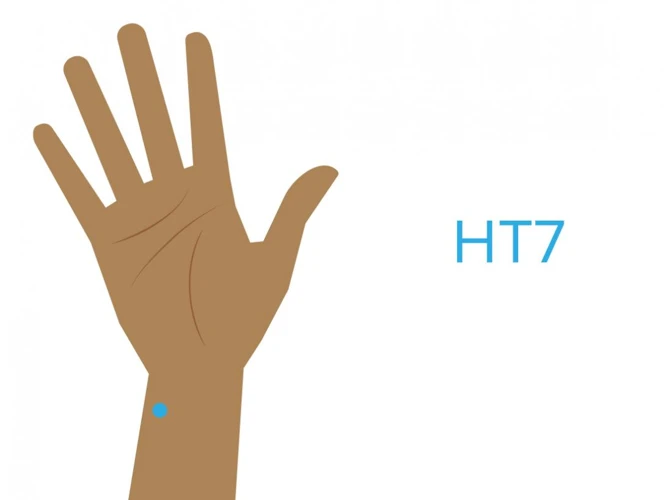
Neck and Shoulders
Massaging your neck and shoulders can help to relax tense muscles that can often contribute to insomnia. Gently knead the muscles in a circular motion with your fingers, concentrating on areas of tension.
Upper Back
Using your thumbs, massage the muscles of your upper back in a circular motion. This can help to reduce any knots or tension in the area and improve blood flow.
Lower Back
Massaging the lower back can be beneficial for those suffering from insomnia, as it helps to relax the muscles and improve circulation. Use your thumbs to massage in a circular motion and focus on areas of tension.
Arms and Hands
Gently squeeze and knead the muscles in your arms and hands using your fingers. This helps to release any tension in the area and improve circulation.
Legs and Feet
Massaging the muscles in your legs and feet can be a great way to relax before bed. Use your fingers to massage in a circular motion, focusing on areas of tension. This can help to improve circulation and reduce any knots or tension in the muscles.
For those suffering from insomnia, massage can be a great way to help you relax and get a good night’s sleep. Massaging the key areas of tension, such as the neck and shoulders, upper back, lower back, arms, hands, legs and feet, can help to reduce any knots or tension and improve circulation, allowing you to drift off to sleep with ease.
What Massage Techniques Should You Use?

Swedish Massage
Swedish massage is a type of massage that uses long strokes, kneading, and circular movements on superficial layers of muscles. It can help relax the body and improve circulation.
Acupressure Massage
Acupressure massage uses pressure points to help relax the body and reduce tension. These pressure points can be found on the hands, feet, and head.
Shiatsu Massage
Shiatsu massage is an ancient technique that involves applying pressure to specific points on the body. It helps to reduce stress, improve circulation and promote relaxation.
Reflexology
Reflexology is a type of massage that works by stimulating the reflex points on the feet. This can help to improve circulation, reduce tension, and promote relaxation.
For those who cannot sleep, massaging the temples, neck, and shoulder areas can help to reduce muscle tension and promote relaxation. Additionally, massaging the feet can help to reduce stress and improve circulation.
Where to Find Professional Massage Therapists
- Check for Qualifications: Before booking an appointment, it is important to check the qualifications of the massage therapist. Look for a massage therapist who is certified by a professional association or licensed by the state.
- Ask for Recommendations: Get recommendations from friends, family and co-workers who have had a massage session. Ask them about their experiences with the massage therapist.
- Read Online Reviews: Do a thorough research of online reviews of massage therapists. Reviews from previous clients can provide valuable information about the level of service provided.
- Look for Specialties: Some massage therapists specialize in sleep issues, stress relief, pain relief, and relaxation. Find a massage therapist who has experience with helping people get a good night’s sleep.
- Inquire about Techniques: Ask the massage therapist about their techniques and what to massage to sleep. Most massage therapists use a combination of deep tissue, Swedish, acupressure, and reflexology techniques.
Benefits of Massage for Insomnia
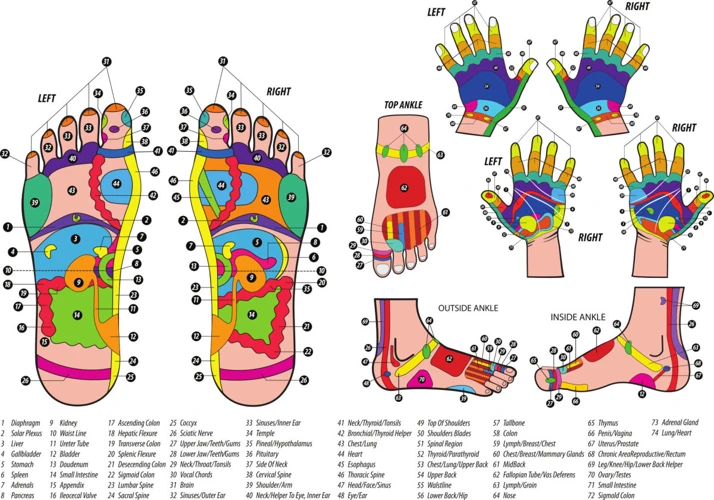
Massage is an effective way to improve sleep quality and reduce the symptoms of insomnia. Massage therapy has been shown to help with sleep issues by reducing stress and promoting relaxation. It can increase serotonin levels, which in turn can boost the production of melatonin, the hormone that plays an important role in regulating the sleep-wake cycle. Massage can also decrease cortisol levels, which can help with insomnia caused by stress and anxiety. Research has also shown that massage can improve the quality of slow-wave sleep and reduce fatigue and daytime sleepiness.
How Does Massage Improve Sleep?
| Benefit | Description |
|---|---|
| Reduces Stress | Massage can reduce stress by improving the body’s relaxation response, which can help to promote better sleep. |
| Increases Serotonin | Massage can increase serotonin levels, which can help to boost the production of melatonin, the hormone that plays an important role in regulating the sleep-wake cycle. |
| Decreases Cortisol | Massage can help to reduce cortisol levels, which can help with insomnia caused by stress and anxiety. |
| Improves Sleep Quality | Massage can improve the quality of slow-wave sleep, which can help to reduce fatigue and improve daytime alertness. |
In addition to the physical benefits of massage, it can also help to create a calming atmosphere and reduce mental stress. Massage can also help to improve sleep by calming the mind and body and creating a sense of relaxation. It can also provide a distraction from stressful thoughts.
How to Prepare for a Massage
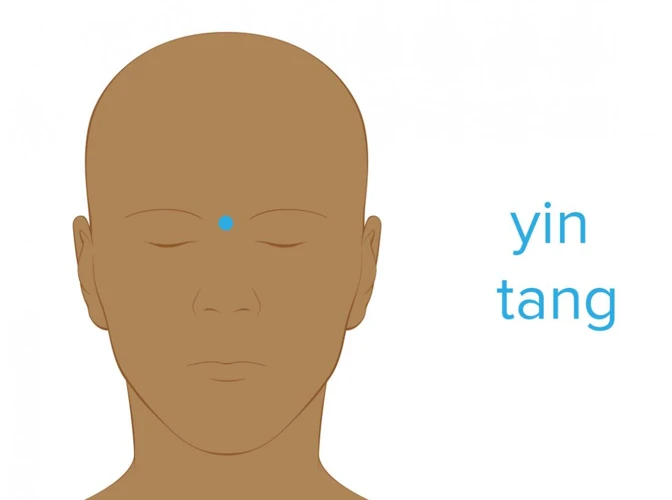
Choose a Calming Environment: Massage works best in relaxing, comfortable surroundings. Make sure you choose a quiet, clean, and well-ventilated space, free of any distractions. Make sure to turn off your cell phone, computer, and any other electronic devices.
Set the Mood: Create a calming atmosphere by playing soft, soothing music, light some candles, and use essential oils. This will help you relax and enjoy your massage.
Communicate Your Goals: Before the massage begins, make sure to communicate your goals to your massage therapist. Tell them what areas of your body you want them to focus on and any particular issues you may have.
Choose the Right Massage Technique: Make sure to choose the right massage technique for your needs. Some people prefer a deeper massage, while others prefer a lighter touch. If you’re not sure which technique to choose, ask your massage therapist for advice.
Take a Warm Bath: Taking a warm bath before a massage can help you relax and loosen up your muscles. Make sure to use a mild soap and avoid any harsh chemicals.
Wear Comfortable Clothing: Wear comfortable, loose-fitting clothing that will allow your massage therapist to access the areas of your body that need to be worked on. Avoid wearing anything too tight or restrictive.
Stay Hydrated: Make sure to drink plenty of water before and after your massage. Staying hydrated will help your body flush out toxins and promote healing.
What to Expect from a Massage
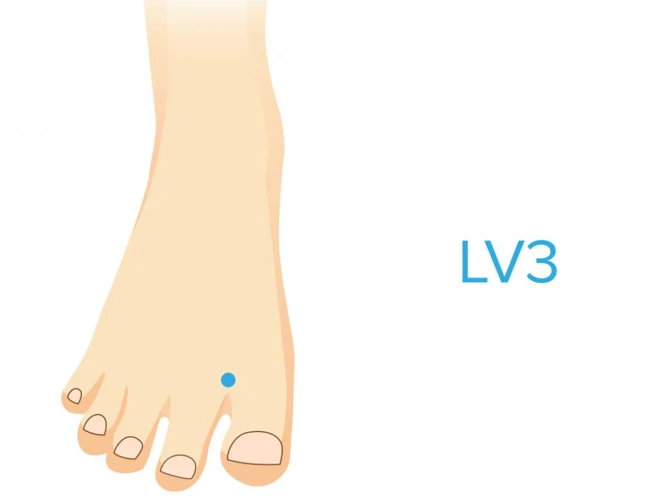
- Benefits: A massage typically provides physical and mental relaxation, improved circulation, improved flexibility, reduced muscle tension, and a sense of overall well-being. It can also help to reduce stress, improve sleep, and boost the immune system.
- Type: There are many different types of massage, including Swedish, deep tissue, sports, and reflexology. Depending on your needs, your massage therapist may use a combination of techniques.
- Time: The amount of time you spend on the massage table will depend on the type of massage you choose. Most massages last anywhere from 30 to 90 minutes.
- Pressure: The pressure used in the massage will vary depending on the type and intensity of the massage, as well as your preference. Light pressure is generally used in Swedish massage, while deep pressure is used in deep tissue massage.
- Therapist: Your massage therapist will ask about your health history and preferences for pressure, type of massage, and any other special requests you may have. They will then tailor the massage to meet your specific needs.
Tips for Getting a Good Night’s Sleep
| Tips | Techniques |
|---|---|
| Set a sleep schedule | Go to bed and wake up at the same time every day. |
| Create a sleep-friendly environment | Keep the temperature in your bedroom cool, dark, and quiet. |
| Avoid substances | Avoid alcohol, caffeine, and nicotine late in the day. |
| Relax before bed | Take a warm bath or practice relaxation techniques, such as deep breathing, yoga, or meditation. |
| Use massage for sleep | Massage can help reduce stress and relax sore muscles, leading to improved sleep quality. Massage the scalp, neck, and shoulders before bed. |
| Exercise regularly | Regular physical activity can help improve your sleep quality and duration. |
Massage can be an effective way to get a good night’s sleep. Massage can reduce stress, relax sore muscles, and promote a feeling of wellbeing that can lead to improved sleep quality. Massage the scalp, neck, and shoulders before bed to help relax the body and prepare it for sleep. Additionally, regular physical activity can help improve sleep quality and duration. Finally, create a sleep-friendly environment, set a sleep schedule, and avoid substances such as alcohol, caffeine, and nicotine late in the day to ensure a good night’s sleep.
Frequently Asked Questions
What Type of Massage is Best for Helping One to Fall Asleep?
A relaxing massage is one of the best ways to help you quickly fall asleep. Swedish massage is often recommended for insomnia as its long, gentle strokes help to soothe the body and relax the mind. A session of deep tissue massage is also beneficial for encouraging sleep as it helps relieve tension and tightness in the muscles. Aromatherapy massage with essential oils such as lavender, chamomile, and ylang-ylang is also highly recommended for promoting relaxation.
How Soon Before Bed Should One Receive a Massage in Order to Fall Asleep Faster?
A massage can help relax the body and mind, preparing it for a deep, restful sleep. The best time to receive a massage is one to two hours before bedtime. This allows the body to relax and prepare for sleep, while not taking away from the actual sleep time. Massage can also be beneficial late in the afternoon or early evening to help reduce stress levels and improve sleep quality.
Are There Any Special Techniques to Employ When Doing a Massage to Help One Fall Asleep?
Massage can be an effective way to help promote relaxation and induce sleep. To maximize the effectiveness of massage in helping one to fall asleep, there are certain techniques that can be employed. Incorporating slow and gentle strokes, varying the pressure, and focusing on areas of tension are some of the techniques that can be used. Additionally, using an essential oil with calming properties can be beneficial in promoting relaxation and aiding in sleep.
What are the benefits of massage for falling asleep faster?
- Reduce stress and anxiety – Massage helps to reduce stress and anxiety, which can be a major factor in difficulty falling asleep.
- Release endorphins – Endorphins are natural hormones released by the body during a massage that can help to produce a feeling of relaxation and reduce stress.
- Promote relaxation – The physical touch of massage can help to relax the body and mind, leading to better quality sleep.
- Relieve pain – Massage can help to relieve muscular pain, tension and headaches which can interfere with sleep.
- Improve circulation – Massage can help to improve circulation, which can help to improve sleep quality.
Are There Any Risks or Side Effects Associated With Using Massage to Help With Falling Asleep?
Massage is generally safe and is not associated with any serious risks or side effects. However, if you have any underlying health conditions, it is important to discuss massage therapy with your doctor before beginning. Additionally, it is important to be aware of over-massaging, which can lead to soreness or discomfort.
Conclusion
Massage is an effective way to help you fall asleep faster and get a better night’s sleep. It can reduce stress, improve circulation, and relax your body and mind. By following the tips and techniques outlined in this article, you can use massage to make the most of your slumber.

